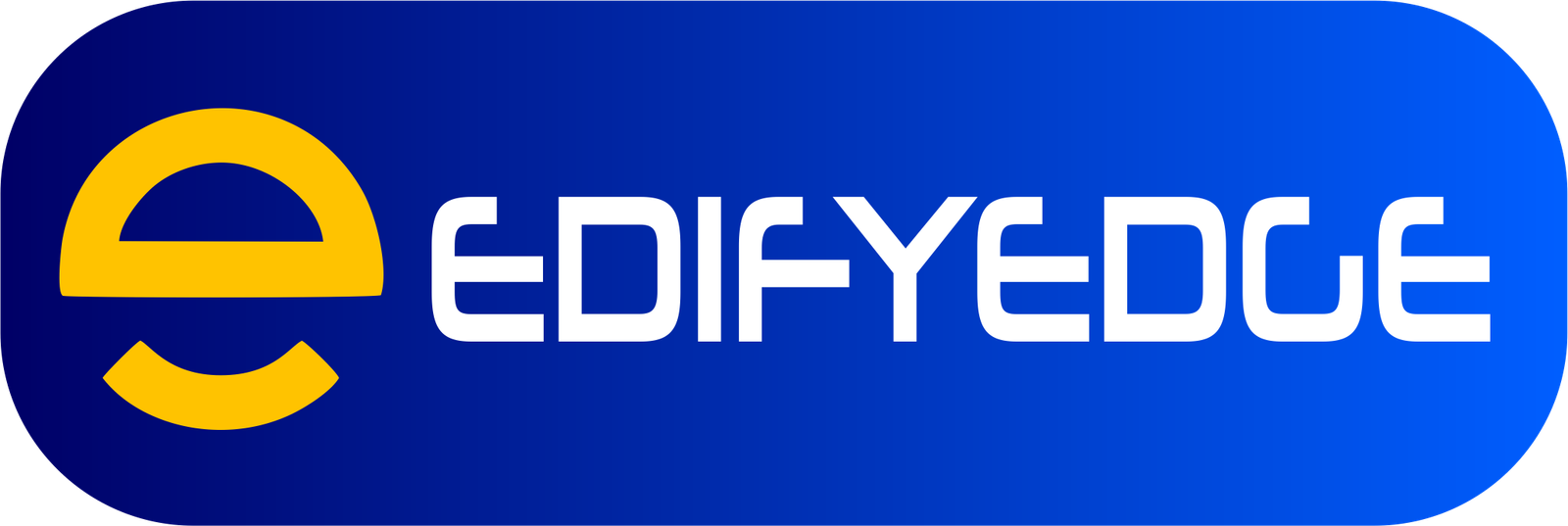What is a Pre-Approved Auto Loan?
A pre-approved auto loan is a type of financing that allows you to secure a loan for a vehicle purchase before you ever step foot on the dealership lot. With a pre-approved loan, a lender has reviewed your credit history, income, and other financial information and has agreed to provide you with financing up to a certain amount, interest rate, and loan term.
The key difference between a pre-approved auto loan and a regular auto loan obtained at the dealership is the timing and process of approval. With a regular auto loan, you typically apply for financing at the dealership after selecting a vehicle, and the lender makes their decision based on the specific car you want to purchase. In contrast, a pre-approved loan gives you the flexibility to shop around and negotiate with dealers, knowing you already have financing secured.
One of the primary benefits of getting pre-approved for an auto loan is that it puts you in a stronger negotiating position at the dealership. Since you already have a loan offer in hand, you can focus on negotiating the best possible price for the vehicle without being overly influenced by the dealer’s financing options. Additionally, pre-approval can streamline the car-buying process, as you won’t need to spend time applying for financing at the dealership.
How to Get Pre-Approved for an Auto Loan
Getting pre-approved for an auto loan is a straightforward process that can give you a significant advantage when shopping for a new or used vehicle. Here are the typical steps involved:
-
Check Your Credit Score: Lenders will evaluate your credit score to determine your creditworthiness and the interest rates you qualify for. It’s essential to know your credit score beforehand and address any issues or errors on your credit report.
-
Gather Required Documents: Lenders will typically require proof of income, employment information, identification documents, and details about your existing debts and assets. Having these documents ready can expedite the pre-approval process.
-
Apply with Multiple Lenders: It’s recommended to apply for pre-approval with multiple lenders, including banks, credit unions, and online lenders. This allows you to compare interest rates, terms, and loan amounts, giving you more negotiating power at the dealership.
-
Provide Personal and Financial Information: When applying for pre-approval, you’ll need to provide personal information such as your name, address, Social Security number, and details about your income, employment, and existing debts.
Submit to a Hard Credit Pull:
-
Most lenders will perform a hard credit inquiry, which can temporarily impact your credit score. However, multiple inquiries within a short period (typically 14-45 days) for the same purpose (auto loan) will only count as a single inquiry.
-
Review Pre-Approval Terms: If approved, the lender will provide you with a pre-approval letter or certificate outlining the loan amount, interest rate, and terms. Review these carefully to ensure they align with your budget and preferences.
-
Negotiate at the Dealership: Armed with your pre-approval, you can negotiate confidently with dealerships, knowing your approved loan terms. This can help you avoid being steered toward more expensive financing options.
While pre-approval is not a guarantee of a loan, it strengthens your position as a buyer and can streamline the financing process at the dealership. Keep in mind that pre-approvals typically have an expiration date, so it’s best to complete your car purchase within the specified timeframe.
Factors that Impact Pre-Approval
Several key factors influence whether you’ll be pre-approved for an auto loan and the terms you’ll receive. Your credit score is one of the most significant considerations, as it reflects your track record of repaying debts responsibly. Lenders typically prefer credit scores above 700, though approval may still be possible with lower scores, albeit at higher interest rates.
Your income plays a crucial role, as lenders want assurance that you can comfortably afford the monthly payments. Typically, they’ll look for a stable employment history and sufficient income relative to the loan amount and your existing debts. This ties into your debt-to-income ratio, which compares your gross monthly income to your recurring debt payments. Most lenders prefer a debt-to-income ratio below 36%.
The amount of your down payment can also impact pre-approval. A larger down payment reduces the loan amount you need to borrow and demonstrates your financial commitment to the purchase. This can make you a more attractive borrower and potentially qualify you for better terms.
Finally, your employment history matters. Lenders like to see a steady work record, preferably with the same employer for several years. Frequent job changes or gaps in employment can raise red flags about your ability to maintain a consistent income stream for repaying the loan.
Benefits of Pre-Approved Auto Loans
Getting pre-approved for an auto loan offers several key advantages that can make the car-buying process smoother and more favorable for you as the buyer.
Bargaining Power: With a pre-approved loan in hand, you have more leverage when negotiating the purchase price of a vehicle. Dealers are more likely to offer better deals when they know you already have financing secured, as they don’t need to rely on their in-house financing to close the sale.
Locked-in Rates: Pre-approval locks in an interest rate for a set period, typically between 30 and 60 days. This protects you from potential rate increases during your car search and provides certainty about your monthly payments.
Streamlined Process: Having a pre-approved loan simplifies the buying process at the dealership. You can skip the lengthy credit application and focus solely on negotiating the best price for the vehicle you want to purchase.
Ability to Shop Around: Pre-approval gives you the freedom to shop around at multiple dealerships without the pressure of securing financing at each location. You can take your time and negotiate confidently, knowing your financing is already in place.
Potential Drawbacks of Pre-Approval
While pre-approved auto loans offer several advantages, there are also potential drawbacks to consider:
Limits on Car Price/Loan Amount: When you receive a pre-approval, the lender typically sets a maximum loan amount or price range for the vehicle you can purchase. This limit may restrict your options, especially if you’re interested in a higher-priced vehicle or want more flexibility in your budget.
Expiration Dates: Pre-approvals are usually valid for a limited time, often 30 to 60 days. If you fail to secure a vehicle within that timeframe, you may need to reapply, which could result in a different interest rate or loan terms due to changes in your credit profile or market conditions.
Impact on Credit Score from Multiple Inquiries: Applying for pre-approval from multiple lenders can result in multiple hard inquiries on your credit report, which can temporarily lower your credit score.
It’s essential to weigh these potential drawbacks against the benefits of pre-approval and carefully consider your specific needs and circumstances before deciding whether a pre-approved auto loan is the right choice for you.
Using Your Pre-Approval at the Dealership
Once you have a pre-approved auto loan offer, you can use it as a powerful negotiating tool when shopping for your new vehicle at the dealership. Here are some tips for leveraging your pre-approval:
Negotiate the Price First: When you walk into the dealership, don’t mention your pre-approved financing until after you’ve negotiated the best possible price for the vehicle. Dealers may try to offset a higher price with a lower interest rate, so focus on getting the lowest price first.
Compare Dealer Financing Offers: Even with a pre-approved loan, it’s worth hearing out any financing offers from the dealership. They may be able to beat your pre-approved rate or offer additional incentives. However, be sure to compare the total cost of the loan, not just the interest rate.
Use Pre-Approval for Trade-In Leverage: If you’re trading in a vehicle, your pre-approved loan can give you more negotiating power. Since you don’t need the trade-in value to secure financing, you can be firm on getting the best possible trade-in price.
Don’t Feel Obligated: Remember, a pre-approved loan is a tool, not an obligation. If the dealer’s financing offers are significantly better, you can choose to go with their option instead. The pre-approval simply gives you more leverage and options.
Ultimately, having a pre-approved auto loan in hand puts you in a stronger position to negotiate the best possible deal on your new vehicle purchase.
Pre-Approval vs. Dealer Financing
Dealer financing may sometimes offer more competitive rates or terms, particularly if you have excellent credit or if the dealership is running special promotions.
One key advantage of dealer financing is the potential for lower interest rates, as dealerships may have access to special rates from captive lenders (finance companies associated with the automaker). However, these low promotional rates often come with strict terms and conditions, such as requiring a shorter loan term or a large down payment.
Pre-approved loans, on the other hand, typically offer more flexibility in terms of loan duration and down payment requirements. They also provide you with a stronger negotiating position at the dealership, as you can use your pre-approved offer as leverage to secure a better deal.
It’s essential to compare the annual percentage rate (APR), loan term, and total cost of the loan (including fees) between your pre-approved offer and the dealer’s financing options. In some cases, the dealer’s financing may have higher fees or require you to purchase additional products or services, which can increase the overall cost.
Additionally, pre-approved loans often have fewer restrictions on the type of vehicle you can purchase or the mileage on the vehicle. Dealer financing may limit your choices or exclude certain models or used vehicles with higher mileage.
Ultimately, the decision between pre-approval and dealer financing will depend on your specific circumstances, credit profile, and the deals available at the time of purchase. It’s always wise to explore both options and carefully review the terms and conditions before making a decision.
Impact on Your Credit Score
However, this impact is typically minor and short-lived, especially if you have a good credit history.
This can initially cause a slight dip in your credit score due to the new credit account. However, if you make timely payments on the loan, it can help improve your credit score over time by demonstrating responsible credit management.
It’s important to note that taking out a new loan can also affect your credit utilization ratio, which is the amount of credit you’re using compared to your total available credit. A higher credit utilization ratio can negatively impact your credit score. To mitigate this, consider paying down other outstanding debts or increasing your credit limits on existing accounts, if possible.
Additionally, be mindful of the number of hard inquiries on your credit report. If you’re shopping around for the best auto loan rates, try to limit your applications to a focused period of time, as most scoring models will treat multiple inquiries for the same type of loan as a single inquiry.
Refinancing a Pre-Approved Auto Loan
Refinancing a pre-approved auto loan can be a smart financial move in certain situations. It involves replacing your existing loan with a new one, typically with a lower interest rate or better terms. Here’s when refinancing may make sense and how the process works.
When to Refinance
- Improved Credit Score: If your credit score has improved significantly since you took out the original loan, you may qualify for a lower interest rate by refinancing.
- Lower Market Rates: If market interest rates have dropped since you got your loan, refinancing could save you money on interest charges.
- Longer Loan Term: Extending your loan term by refinancing can lower your monthly payments, though you’ll pay more interest over the life of the loan.
The Refinancing Process
- Shop Around: Compare rates and terms from multiple lenders to find the best deal.
- Apply: Submit an application with the new lender, providing your financial information and details about your current loan.
- Underwriting: The lender will review your credit, income, and other factors to approve or deny your refinance application.
- Pay Off Old Loan: If approved, the new lender will pay off your existing loan balance.
- Start New Loan: You’ll begin making payments on the new loan with the updated terms.
Potential Savings
Refinancing can save you money in several ways:
- Lower Interest Rate: A lower rate means less interest paid over the life of the loan.
- Shorter Loan Term: While increasing your monthly payment, a shorter term reduces the total interest paid.
- Cash-Out Refinance: You may be able to get cash out by refinancing for more than your current balance.
However, be mindful of any fees associated with refinancing, as they can offset some of the potential savings. Carefully calculate the break-even point to ensure refinancing makes financial sense for your situation.
Pre-Approval Best Practices
Getting pre-approved for an auto loan is a smart move, but there are several best practices to keep in mind to ensure you get the best deal possible:
Shop Around for Rates: Don’t just settle for the first pre-approval offer you receive. Compare rates from multiple lenders, including banks, credit unions, and online lenders. Even a small difference in interest rates can save you thousands over the life of the loan.
Know Your Credit Score: Your credit score plays a significant role in determining the interest rate you’ll be offered. Before applying for pre-approval, check your credit score and work on improving it if necessary. A higher credit score can qualify you for lower interest rates.
Understand Your Budget:
Pre-approval doesn’t mean you should max out the loan amount. Carefully consider your monthly budget and how much you can comfortably afford for a car payment, insurance, and other associated costs. Stick to a reasonable loan amount and term length.
Negotiate at the Dealership: Even with a pre-approved loan, you can still negotiate the price of the vehicle at the dealership. Don’t feel obligated to accept the sticker price or any additional fees or add-ons you don’t want or need.
Read the Fine Print: Before signing any loan documents, carefully review the terms and conditions. Look for any hidden fees, prepayment penalties, or other clauses that could cost you more in the long run. Don’t hesitate to ask questions or seek clarification if anything is unclear.
Consider a Shorter Loan Term: While longer loan terms may offer lower monthly payments, they also mean paying more in interest over the life of the loan. If possible, opt for a shorter loan term to save on interest charges and avoid being upside-down on the loan (owing more than the car is worth).
Avoid Costly Add-Ons: Dealerships may try to sell you additional products or services, such as extended warranties or gap insurance. While some of these may be useful, others can be unnecessary and significantly increase the overall cost of your loan.
By following these best practices, you can leverage the power of pre-approval to secure a favorable auto loan and avoid costly mistakes throughout the car-buying process.



